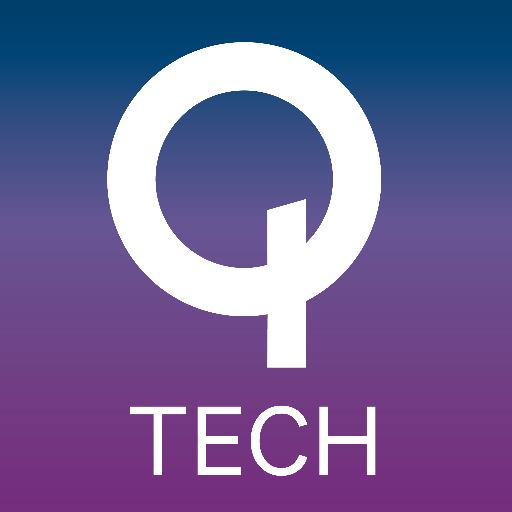Qualcomm Inc. announced Monday that its subsidiary, Qualcomm Technologies secured design wins among several module original equipment manufacturers (OEMs) based on its MDM9206 LTE modem for Internet of Things (IoT) applications. These designs are an addition to the more than 100 designs announced last June using the Company’s MDM9x07 LTE IoT modems.
Designed as a global connectivity solution for applications such as battery-powered sensors, the MDM9206 modem features a purpose-built design for IoT and offers lower power consumption and longer range connectivity than the company’s previous LTE generations.
The MDM9207-1 modem offers LTE Category 1 support for up to 10 Mbps on the downlink, power save mode (PSM) and up to 10 years of battery life from two AA batteries. It has been designed to be compatible with major cellular standards across the globe, and include Linux OS support, ARM Cortex A7 processor, pre-integrated support for Qualcomm VIVE 802.11ac Wi-Fi with MU-MIMO technology, Bluetooth 4.2, Bluetooth Low Energy, and integrated GNSS.
Qualcomm Technologies’ scale and expertise in connectivity and compute allows its customers to commercialize their IoT products quickly and cost-effectively. With its LTE IoT modems, the Company is helping to accelerate the creation of the IoT to provide dynamic experiences, while helping to deliver connected things that work well together. Module OEMs are expected to launch MDM9206-based Cat M1 capable modules early next year. A software upgrade for Cat NB-1 is expected to be available shortly thereafter.
With the MDM9206 modem, Qualcomm is continuing to expand the capabilities of LTE to accelerate the progress in IoT. Compared to its previous LTE generations, this modem is designed to cost-effectively address cellular connectivity for low data rate IoT applications more efficiently addressed by a narrowband modem, across a range of new business opportunities within the IoT, including smart energy and metering, building security, infrastructure, industrial control and automation, retail point of sale, asset tracking, medical, lighting and aftermarket telematics.
The MDM9206 modem is designed to support LTE category M1 (eMTC), upgradeable to dual category M1/NB-1 mode with an anticipated upcoming software update. This allows IoT products to function in a diverse set of operator deployments worldwide, maximizing the products’ global reach and scalability.
The simpler narrowband LTE categories help the MDM9206 modem to support low-cost, low-power, low-bandwidth and greater coverage for the next-generation of IoT products and services, while also enhancing battery life as compared to previous LTE generations.
The category M1 and NB-1 LTE modes designed in the MDM9206 modem bring many enhancements and optimizations to LTE that will help reduce IoT device complexity, support, multi-year battery life, and provide deeper coverage than the Company’s previous LTE generations, to reach challenging locations such as deep inside buildings and remote rural areas. The new technologies also can use existing LTE infrastructure and spectrum, coexisting with today’s mobile broadband services, while providing a superior solution to proprietary technologies for low-power wide area networks.
Additionally, backed by 3GPP global standards with a rich roadmap to 5G, LTE IoT technologies will continue to evolve beyond 3GPP Release 13 with new features, such as support for multicast and positioning, establishing the foundation for Narrowband 5G IoT.
“The global IoT opportunity is rapidly expanding,” said Serge Willenegger, senior vice president, product management, Qualcomm Technologies, Inc. “IoT will be much more than about connecting people to things; they will be extending information management systems all the way to the edge, allowing machines and devices to work with one another and support increasing service opportunities and operational efficiencies across most industries. Momentum around our MDM9206 modem for Cat M1 and NB-1 demonstrates demand today for reliable, optimized LTE cellular connectivity to support the new range of IoT applications and services.”
“AT&T and Qualcomm Technologies have a successful and long-standing relationship that is deepening with the IoT,” said Chris Penrose, president, Internet of Things, AT&T. “Qualcomm Technologies will join our pilot of LTE-M network and module technology that will enable a new generation of industries and applications for IoT. The Qualcomm MDM9206 modem will help deliver new, intelligent and cost-effective IoT services, and use cases to our industrial, commercial and smart cities customers.”
“Thanks to the improved building blocks for IoT solutions, every facet of our world is becoming connected,” said Mike Lanman, senior vice president, IoT and enterprise products, Verizon. “By utilizing solutions including Qualcomm Technologies’ MDM9206 modem, which is integrated with IoT platforms like Verizon’s Thingspace, we can accelerate the delivery of connected services specifically tailored for rapidly growing markets like smart metering for utilities including electric, gas and water.”




